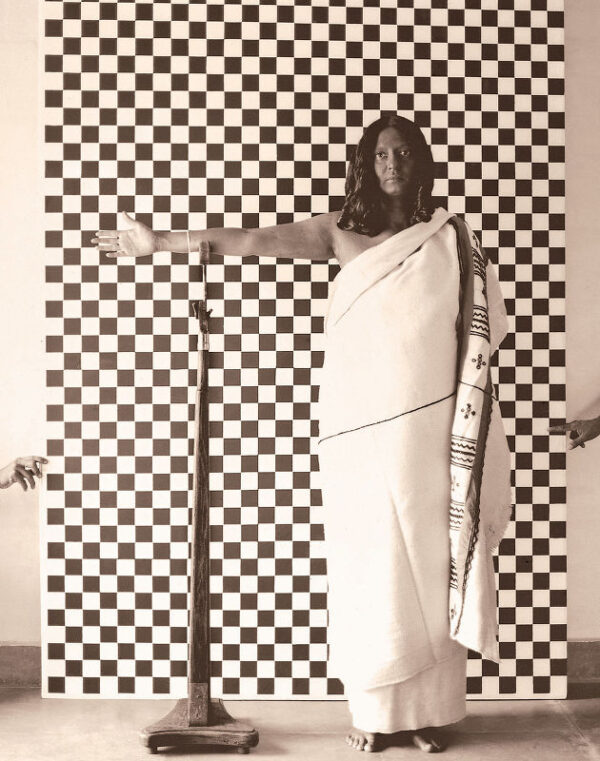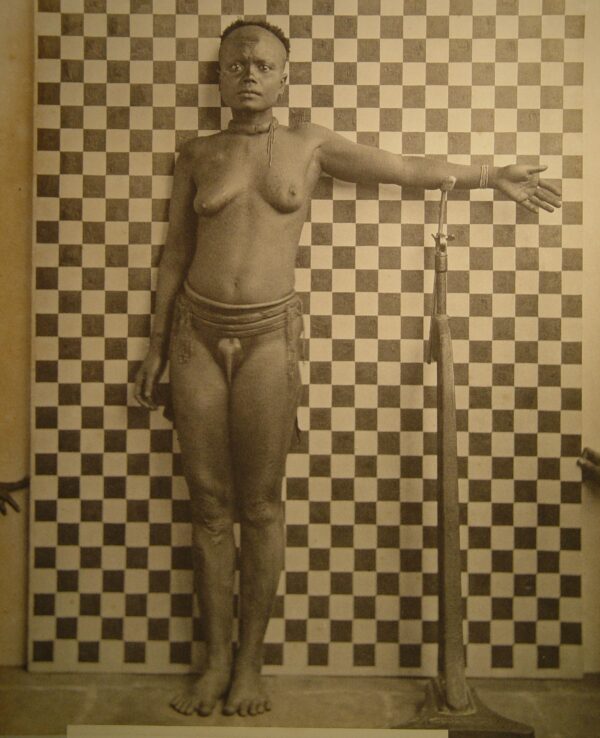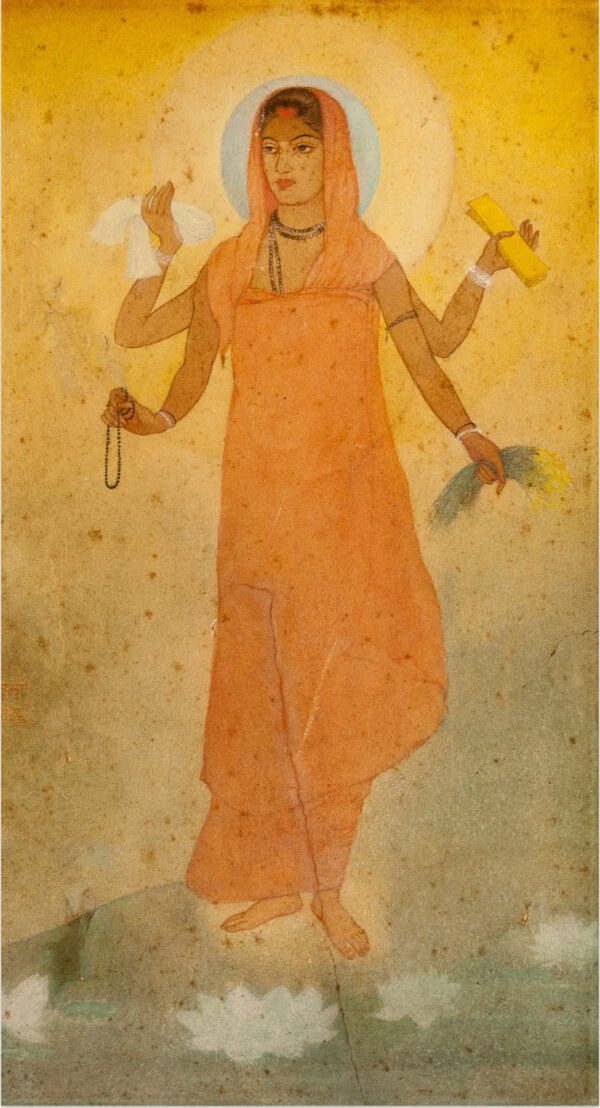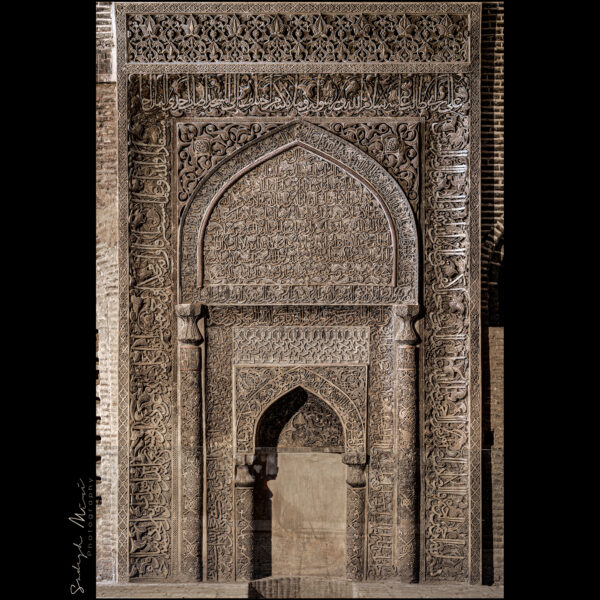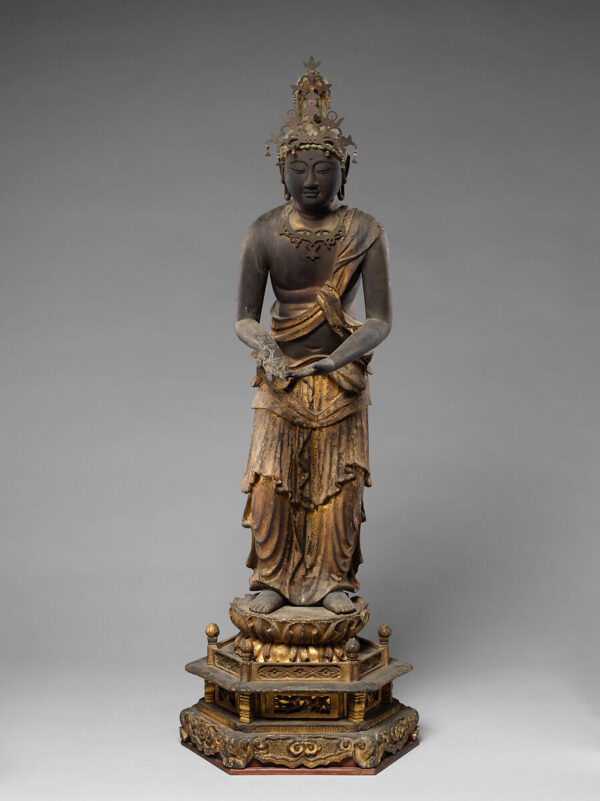Led by series editors Prof Sussan Babaie, Professor of the Arts of Iran and Islam, and Dr Stephen Whiteman, Reader in the Art and Architecture of China, the Cultural History of Asian Art (CHoAA) project represents the most ambitious history of the arts of Asia published in English to date. Drawing together a global team of editors and authors working across six volumes, CHoAA incorporates emerging methodologies and approaches to present new interpretations of the arts across East, West, South, Southeast, and Central Asia over the last 2500 years. It offers an innovative vision of Asian art for scholars, students, and general readers alike. A Cultural History of Asian Art will appear with Bloomsbury Publishing in 2028.
CHoAA takes what we term a ‘trans-Asias’ approach to the study of Asian art. Trans-Asias seeks to interpret art through the lens of transcultural connectivity and concurrence while also being rooted in the particularities of the local. As such, trans-Asias offers a framework for exploring the arts of Asia that accounts for trans-cultural and trans-historical circulation and connection, rather than seeing art as fundamentally of one culture or one nation. Trans-Asias deploys contextual perspectives in order to prioritise the collaborative expertise of multiple researchers across disciplines and cultural and linguistic specialisms to better understand the ways in which art is necessarily and simultaneously of ‘one place’ and ‘multiple places’.
The volumes will share a number of broader thematic concerns and contextual perspectives, including mobility, connectivity, materiality, spatiality, faith and belief, attention to the totality of humanity, authenticity, and temporality. Deploying these overarching perspectives will encourage the authors to look beyond conventional binaries such as religious vs secular, civic vs political, and popular vs elite; to be alert to issues of gender, race, and ethnicity throughout; and to think in new ways about the construction of culturally situated meaning through art.
Recognizing the impossibility of a comprehensive history of Asian art, CHoAA takes a very broad approach to defining ‘arts’ and invites authors and readers to think across media, and social and cultural contexts, rather than being constrained by conventional categories. Socio-political contexts serve as the animating framework for the series as a whole. Examples include art and its meaning within Asia’s diverse religious cultures, such as Islam, Hinduism, or Buddhism; practices of collecting and displaying art across different social and spatial contexts; technological developments in artistic production; the evolving relationship between the arts and sciences; image making as representing gender, class, race, and ethnicity; and the role of conflict, war, and disaster in histories of art.
Organised by Professor Sussan Babaie, Professor in the Arts of Iran and Islam and Dr Stephen Whiteman, Reader in the Art and Architecture of China.
Interested in contributing to CHoAA?
For any questions, please contact the series editors, Sussan Babaie (sussan.babaie@courtauld.ac.uk) and Stephen Whiteman (stephen.whiteman@courtauld.ac.uk).

Series editors
Sussan Babaie, The Courtauld, University of London
Stephen Whiteman, The Courtauld, University of London
Editorial team
Matthew Canepa, University of California, Irvine (vol 1: 550 BCE–600CE)
Kate Lingley, University of Hawai‘i, Manoa (vol 1: 550 BCE–600CE)
Oya Pancaroğlu, Boğaziçi University (vol. 2: 600–1200)
Susan Whitfield, University of East Anglia (vol. 2: 600–1200)
Sussan Babaie, The Courtauld, University of London (vol. 3: 1200–1500)
Halle O’Neal, University of Edinburgh (vol. 3: 1200–1500)
Peyvand Firouzeh, University of Sydney (vol. 4: 1500–1800)
Stephen Whiteman, The Courtauld, University of London (vol. 4: 1500–1800)
Preeti Chopra, University of Wisconsin, Madison (vol. 5: 1800–1920)
Yeewan Koon, University of Hong Kong (vol. 5: 1800–1920)
Wulan Dirgantoro, University of Melbourne (vol. 6: 1920–present)
Pamela Karimi, University of Massachusetts, Dartmouth (vol. 6: 1920–present)


